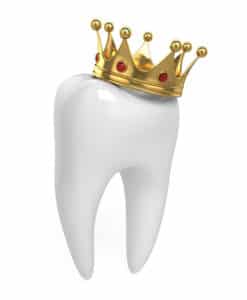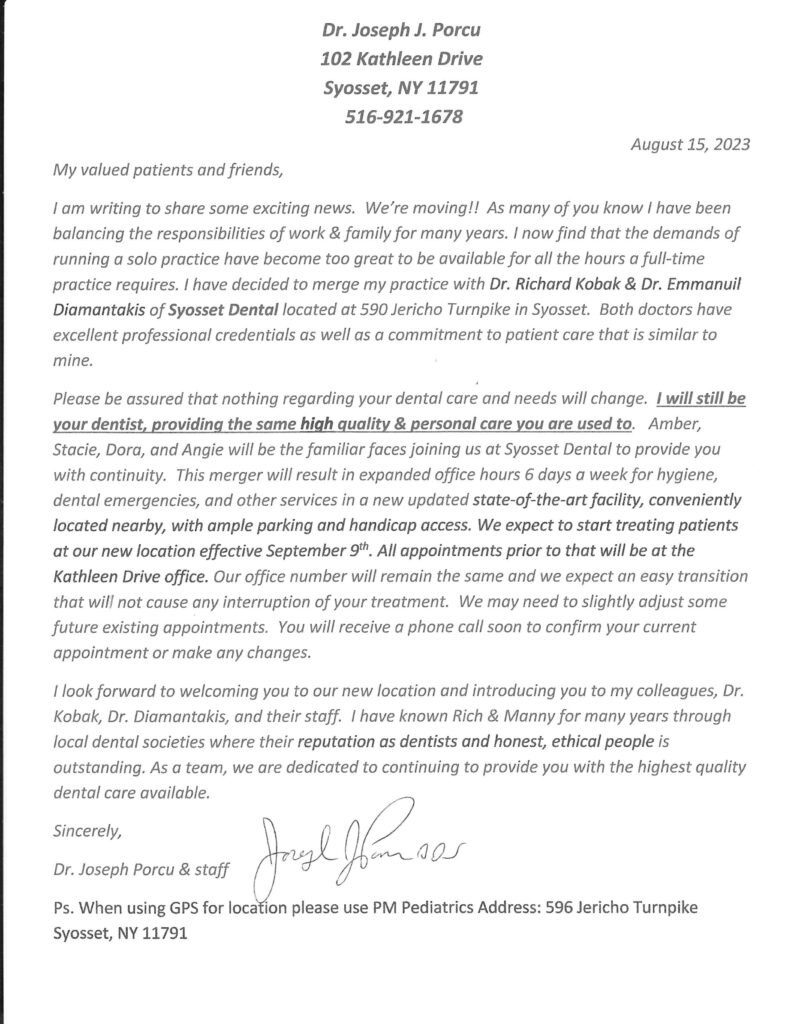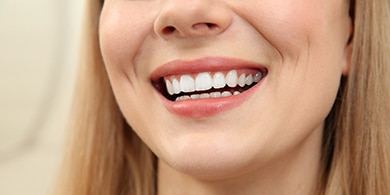 Your teeth are strong (in fact, they’re the strongest parts of your body), but they can sustain damage or become infected with tooth decay under the right circumstances. Because they are not impervious, compromised teeth often rely on the protective strength of a dental crown to continue functioning properly.
Your teeth are strong (in fact, they’re the strongest parts of your body), but they can sustain damage or become infected with tooth decay under the right circumstances. Because they are not impervious, compromised teeth often rely on the protective strength of a dental crown to continue functioning properly.
There are several reasons why your tooth could use a dental crown, from structural damage like cracks and fractures to weakness due to a sizable restoration, like a large filling. Also, many teeth that require root canal therapy become hollowed and brittle and therefore require the structural support of a crown. When combined with a dental implant, a crown can also serve as a lifelike replacement for a lost or extracted tooth.
Fixing a Tooth
The most frequent reason for dental crowns is to repair a tooth that has become weak and damaged. Unlike other areas of the body, teeth do not repair themselves. If one becomes chipped, cracked, fractured, or broken, then a dental crown can be placed over it to prevent it from becoming damaged further. The crown will be fashioned to look exactly like the tooth, as well as fit comfortably among the rest of your teeth for optimal results.
Improving a Tooth
If your tooth exhibits staining or discoloration that cannot be corrected with teeth-whitening, then a lifelike dental crown can improve its entire appearance. Porcelain crowns are designed to closely mimic the appearance of healthy, natural, blemish-free teeth, and are often utilized as a cosmetic improvement for one or more teeth.
Replacing a Tooth
If you lose a tooth, dental crowns can help rebuild your smile in a number of ways. Traditionally, dental crowns can offer support for bridgework to span the gap in your smile left by missing teeth. The crowns can be attached to the teeth bordering the empty space and support an appropriate number of replacement teeth between them, called pontics.
Conversely, your dentist might recommend replacing a single lost tooth with a dental implant and crown, which can replace your lost tooth’s root as well as its visible top portion.











